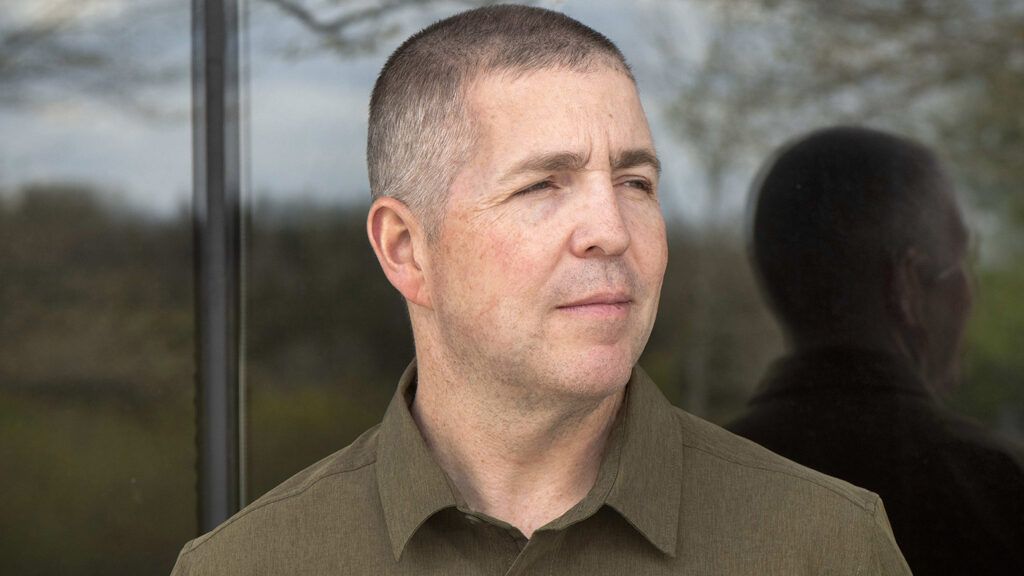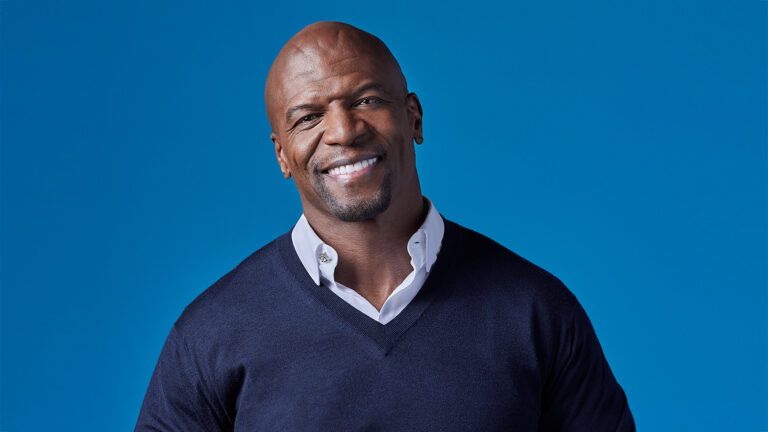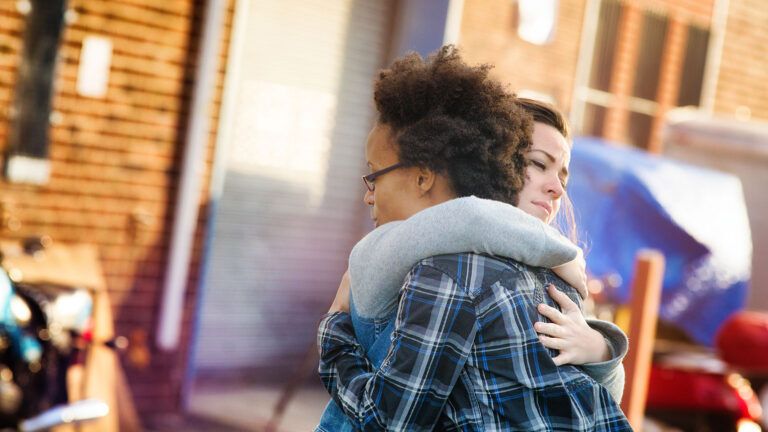Displayed among the artifacts at the Flight 93 National Memorial is the badge of a U.S. Fish and Wildlife officer recovered from the downed plane. The badge was discovered by investigators amid the cockpit debris.
I draw no conclusions from this. The physics of airplane crashes, especially when a plane is deliberately driven into the ground from a cruising altitude of 35,000 feet, are complex. What I know is that the badge belonged to my cousin Rich Guadagno and, like the other 32 passengers and 7 crew members who perished that day at the hands of terrorists, he was a hero.
I first visited the site outside Shanksville, Pennsylvania, almost by happenstance on a cold February day more than three years after the 9/11 attack. I’d been leading a group of West Point cadets at the Officers Christian Fellowship Retreat Center when I realized how close we were.
The cadets crowded around the 40-foot chain-link fence at the crash site, one foot for each passenger and crew. We had troops on the ground in Afghanistan and Iraq by then, a direct result of what had happened that infamous day in the scarred remains of this abandoned strip mine. Some of these very cadets would face deployment themselves. I wanted them to see how it had begun, to understand that history happens in real places, to people and families whose lives are forever changed.
The wreckage had long been cleared away. The fence was lined with notes and mementos—photos, small American flags, children’s drawings, stuffed animals—honoring the victims. A more permanent memorial was years away. Still there was an undeniable power, a sense of loss I hadn’t really stopped to think much about.
“I had a cousin who was on Flight 93,” I told the cadets, their attention shifting from the snow-covered field to me. “He was flying back home to California after celebrating his grandmother’s 100th birthday. Frankly, I didn’t know him all that well.”
The cadets returned to checking out the mementos, lost in their own thoughts. But my mind stayed with Rich and on the life he’d led before that day.
At the time, I was 28, a company commander with the 101st Airborne Division at Fort Campbell, Kentucky. I was in a training meeting a little before 9 a.m. when we heard that a plane had flown into the World Trade Center. Small plane, I figured. Unfortunate but nothing that needed my attention.
Minutes later, the second World Trade Center tower was hit. Our country was under attack. Soldiers crowded around every TV on the base. A third jet attacked the Pentagon. Then a fourth crashed into a field in western Pennsylvania. The base became a flurry of activity, on full alert. The 101st trains for rapid deployment. There seemed little doubt we’d be called on to respond.
It wasn’t until late that evening that I checked my voice mail. There were four calls from my dad in New Jersey. “Your cousin Rich was on Flight 93. Thought you’d want to know.”
My chest tightened at the sadness in my dad’s voice. The grief my whole family had to be feeling. It had been years since I’d seen Rich. A decade older than me, he’d been hired as a biologist by the Fish and Wildlife Service, had managed a wildlife refuge in Oregon, then the Humboldt Bay refuge in northern California.
My career in the Army, meanwhile, had kept me busy out East. Our lives headed in different directions, though we both worked for the government. (Fish and Wildlife managers are federal officers.) Still, I felt bad for his parents, his sister, Lori. Such a tragedy.
I didn’t think much about Rich after Dad’s message. There had been no way I could make it to the memorial service. The demands on the base grew. Then I’d been recommended to teach at West Point, a chance to work with the next generation of Army officers. A rewarding experience. In addition to teaching, I led a Bible study, the students I’d brought here to the memorial. We didn’t stay long at the crash site. It was too cold.
Though I don’t know what impact that visit had on the cadets, it launched my search for connection with Rich and, in time, with the other passengers and crew on Flight 93. I returned to Shanksville the next September, for the fourth anniversary observance. Lori was there too. We talked about Rich, about his love for nature and his dedication to helping the public appreciate wild spaces, about how he and I had both found fulfillment serving our country.
Increasingly when I was hiking or camping with my family, I thought of Rich and appreciated the woods and trails that much more, as if they’d been invested with his spirit, his soul. We would talk about Rich and what his death meant. We’d try not to be bitter or unforgiving. I’ve brought my son Declan to the memorial. I want him to be inspired by Rich’s story just as I have been.
In 2011, a permanent memorial was created, a black granite walkway following the plane’s final trajectory, lined by 40 white marble panels. There’s a beautiful visitor’s center as well as hiking trails that crisscross the site. I was asked to join the board of Friends of Flight 93, a nonprofit that works to honor the actions of the 40 passengers and crew that day 20 years ago. It’s service I’m proud to be a part of. I don’t want September 11 to simply pass into history.
Today I’m commandant of the Defense Nuclear Weapons School at Kirtland Air Force Base in New Mexico. I still get to the Flight 93 Memorial as often as I can. My favorite moments are in the early morning, when there are fewer people. I hike the trails, absorbing the beauty of the area. I think of how this land, once ravaged by strip mining, has been transformed, how something beautiful has emerged. The kind of work that Rich did preserving wildlife refuges. A legacy that will continue to grow.
I don’t know if Rich was part of the group that stormed the cockpit, where the terrorists had barricaded themselves, preventing the plane from reaching the U.S. Capitol, its presumed target. For me, Rich’s badge is more a symbol of all the passengers and crew, of their bravery in the most dire circumstances imaginable. They are all heroes, and they must never be forgotten.
For more inspiring stories, subscribe to Guideposts magazine.




